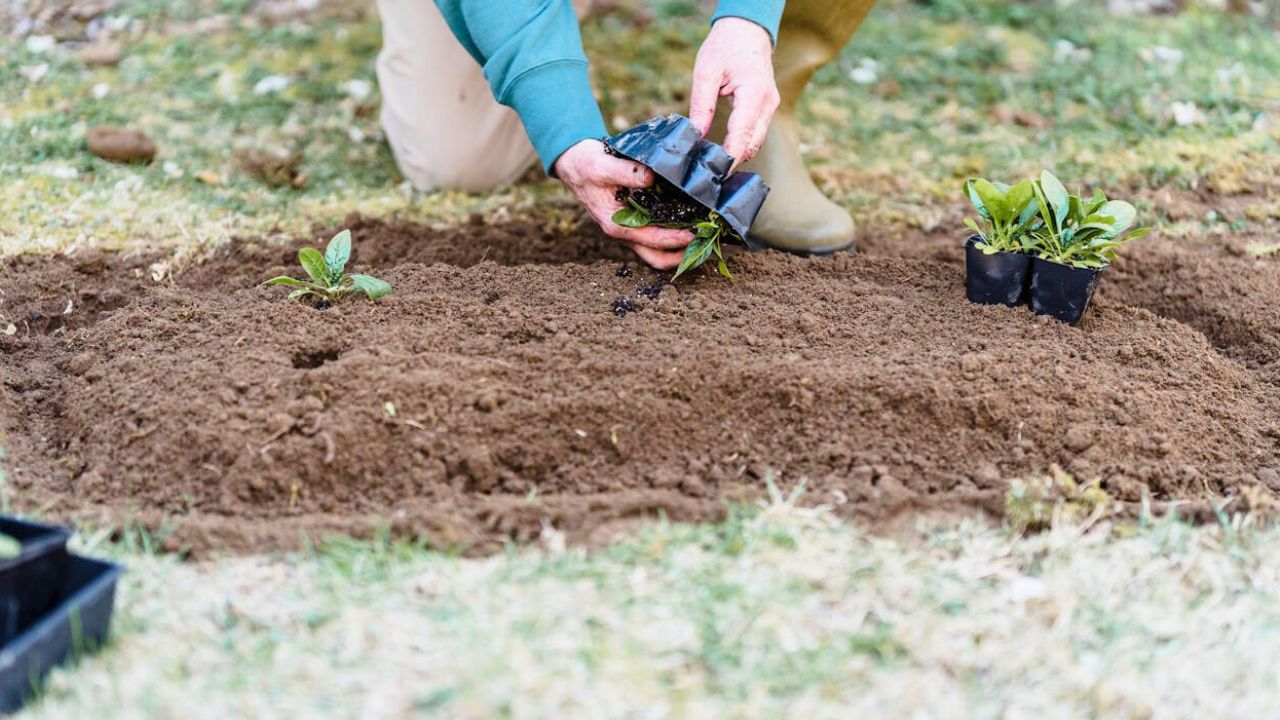Garden notes to write now so planting goes smoother later
A sharp memory is no match for a long season. The best spring gardens are planned in winter, while wins and flops are still fresh. A simple notebook or spreadsheet with a few smart sections will save you money at the nursery and cut your guesswork in half.
Map what actually grew, not what you intended

Sketch your beds and containers and mark what was planted, not what was on your April wish list. Note mature sizes, sprawl, and where shade really fell in July.
Add one-line verdicts—thrived, sulked, shaded out neighbors. Those blunt notes are gold when you’re eyeing six-packs in March.
Track timing that mattered

Record last frost date, first frost date, and the week your soil finally felt warm. Write down when tomatoes set heavily and when pests peaked.
If a variety lagged because you started seeds too late, you’ll see it here. Timing is where most “mystery failures” live, not fertilizer.
Log what you fed and how plants responded

Note when and what you fertilized—compost, balanced granular, fish emulsion—and whether you saw greener leaves or leggy growth.
Keep it simple. If nothing changed after feeding, either the plant didn’t need it or the soil did. Next year you can save money or shift strategy.
Record pest patterns and what worked

Write down dates for squash vine borer sightings, aphid surges, and when you tried row cover or a spray. Pair problems with practical wins.
If a certain bed invites mildew every August, you can plan resistant varieties or better spacing. Guessing less is the entire point of winter notes.
Add a harvest tally and flavor opinions

Track yields in rough terms—quarts, pounds, even “overflowed one colander twice.” Beside it, grade flavor and texture.
A tomato that makes one great BLT isn’t as valuable as the one that filled six jars. Taste plus volume decides who gets space next season.
Keep a short shopping and try list

Start a running list for spring: soil test kit, coarse mulch, fresh pruner blades, variety swaps. When catalogs hit, you won’t impulse buy three kinds of the same lettuce.
Limit the “try” list to three new things so you can observe what changed. Too many variables make it hard to learn.
Note irrigation reality versus plan

Did the soaker hose actually reach bed four, or did it kink behind the rosemary? Did containers dry out twice a day in July?
Mark weak spots and set a reminder to fix them before heat returns. One hardware run now beats a month of daily hand-watering later.
Capture microclimate surprises

The corner by the fence that stayed warm, the container that baked, the shady strip that stayed damp—write them down.
Plant choices that respect microclimates succeed with less fuss. That’s the “work smarter” move every home garden needs.
Like Fix It Homestead’s content? Be sure to follow us.
Here’s more from us:
10 things that make your house feel less welcoming without saying a word
10 Upgrades That Make Your House Look Fancier Than Your Neighbor’s
*This article was developed with AI-powered tools and has been carefully reviewed by our editors.







